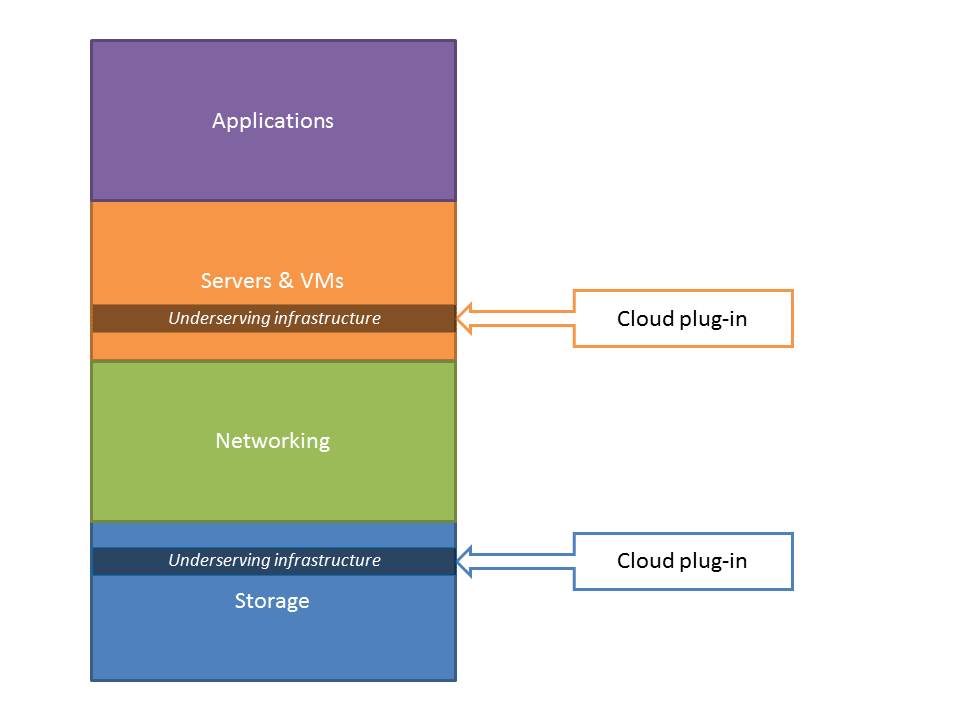Cloud-integrated Storage: a Breakthrough Enterprise-level Storage Plug-in
The term "hybrid cloud" has been defined many different ways. At Microsoft hybrid cloud refers to data center functionality that spans on-premises and cloud service boundaries. At least that's how I'm understanding it now after having been part of the company for a few weeks. To clarify my perspective, my appreciation of cloud is slotted narrowly into IAAS functionality and the things that are likely to appeal to data center types. In this context hybrid cloud services will augment the things that customers are already doing on-premises with the cloud offloading tasks and workloads that are under-served on-premises. Where data center operations are concerned, the cloud represents a new kind of enterprise plug-in. If you think this sounds like poppycock, keep reading because I'll tell you how it is already being used this way every day by a growing number of companies.
One of the misunderstandings people have about enterprise cloud storage is that it must be similar to consumer file sharing apps like Dropbox, Box or Microsoft's own SkyDrive. To begin with, much of enterprise storage works on block processes and if you are going to offload enterprise storage you need to provide block-level functionality. As for file sharing, data center managers are not looking to share corporate data as much as they are to secure it. BTW, I fully expect to get comments here about the great virtues of file sharing for enterprises. Rest assured, there are probably few companies who use the cloud for file sharing as much as Microsoft does internally with SkyDrive and SharePoint, but that's not what I'm discussing here in this post.
StorSimple developed technology called Cloud-integrated Storage (CiS) that is implemented as a SAN appliance that acts like a hybrid cloud storage plug-in for enterprise storage. CiS packages and indexes blocks along with accompanying metadata and stores them in the cloud. These block packages may be generated by snapshots or as archives that need to be stored for an extended period of time or as dormant unstructured data that is no longer being accessed and can be vacated to reclaim on-premises storage capacity. Different customers use this technology every day because their backup systems are under-serving them, their archiving processes are too cumbersome and they don't want to use tier 1 storage for data that is no longer active. The thing that is a little bit hard for some to understand about CiS is that the data transfers to the cloud are all automated, requiring no effort on the part of system and storage administrators.
The other key to understanding the plug-in nature of CiS is that the ability to access and download data from cloud storage is also transparent because data in the cloud is either viewable in an online file system or mountable as a snapshot the same way local snapshots are mounted for restoring older versions of files. I'll explain how that all works in future blog posts, but for now I'll say it's a function of the metadata system in CiS.
Cloud-integrated Storage really is different. It breaks the mold for enterprise storage by seamlessly integrating on-premises enterprise storage with Windows Azure Storage services and the incredibly valuable Geo Redundant Storage it provides. CiS doesn't do everything you might want it to, but the things it does well are revolutionary.
Note: this blog is the short version of a white paper that was published by StorSimple. Click this link to see the PDF version of the original white paper (opens in a new window)
